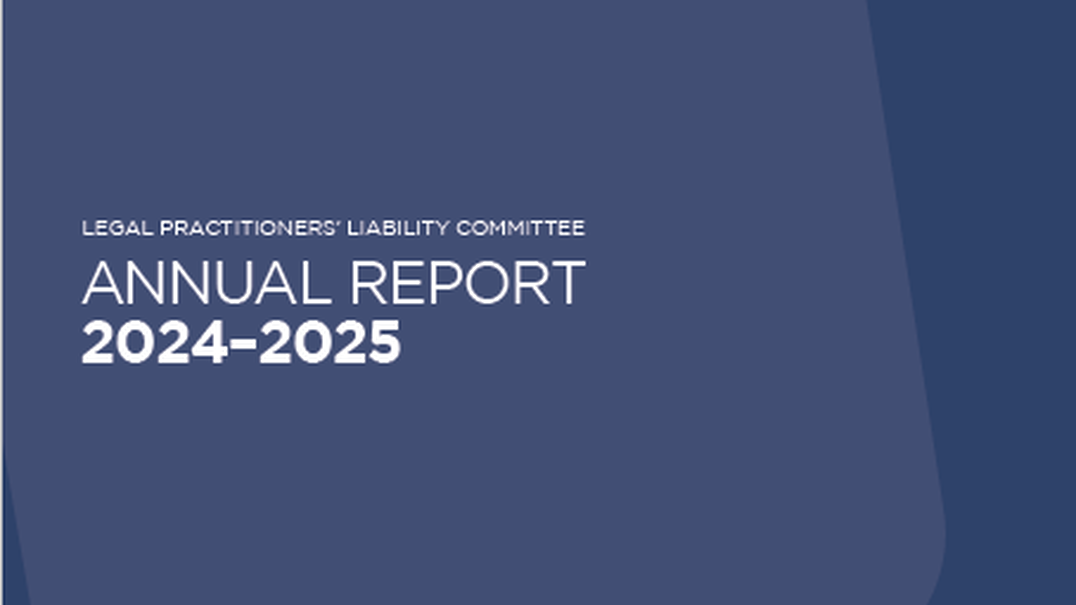Growth Areas Infrastructure Contribution (GAIC) is a contribution payment (tax, levy or charge) that a landowner or a purchaser of land may be required to pay as a one-off contribution towards the provision of infrastructure in certain defined growth areas of Melbourne (i.e. expanding fringe suburbs).
Overview
Main legislation
Planning and Environment Act 1987 (Vic)
Taxation Administration Act 1997 (Vic) (which contains provisions for the administration and enforcement of Victoria's taxation laws)
GAIC is imposed on a per hectare basis. For FY25, the rate of GAIC is either $115,530 or $137,230 per hectare, depending upon the type of land being dealt with. The GAIC rate is indexed annually in line with CPI.
In some circumstances a landowner may, subject to criteria, be entitled to an exemption.
The GAIC only applies to land in the contribution area, which is growth area land zoned for urban use and development in the municipalities of:
- Cardinia
- Casey
- Hume
- Melton
- Mitchell
- Whittlesea
- Wyndham
A GAIC liability may be triggered by certain events such as the issue of a building permit, a transfer of land or a subdivision of land. In some situations, a GAIC liability may be deferred or managed under a staged payment arrangement.
GAIC claims
Most claims LPLC have seen have arisen because:
- the vendor fails to fully disclose the GAIC liability in the vendor's statement when selling the land
- the purchaser's solicitor fails to identify and explain the liability to their client or
- either party incorrectly manages the issue in the sale contract.
More info on GAIC
Actions to reduce risk
- Look for the tax and duty implications associated with the transfer of real property and associated transactions (like share transfers) to alert clients and, if appropriate and required, provide advice or direct the client to seek expert advice.
- Read the guidance and the information provided to improve your understanding and awareness.
- Identify complexities beyond your expertise and refer clients for expert advice.
- Use a checklist or prompt at the start of a matter to identify tax and duty issues.
- Always check the details in the legislation and SRO guidelines before advising clients and keep records to confirm any advice given.
- Establish, update and maintain comprehensive advice letters and resources that you can adapt for each specific client matter to ensure relevant advice is given to clients and confirmed in writing.
- Maintain a focus on tax and duty in all property and property conveyancing matters.



